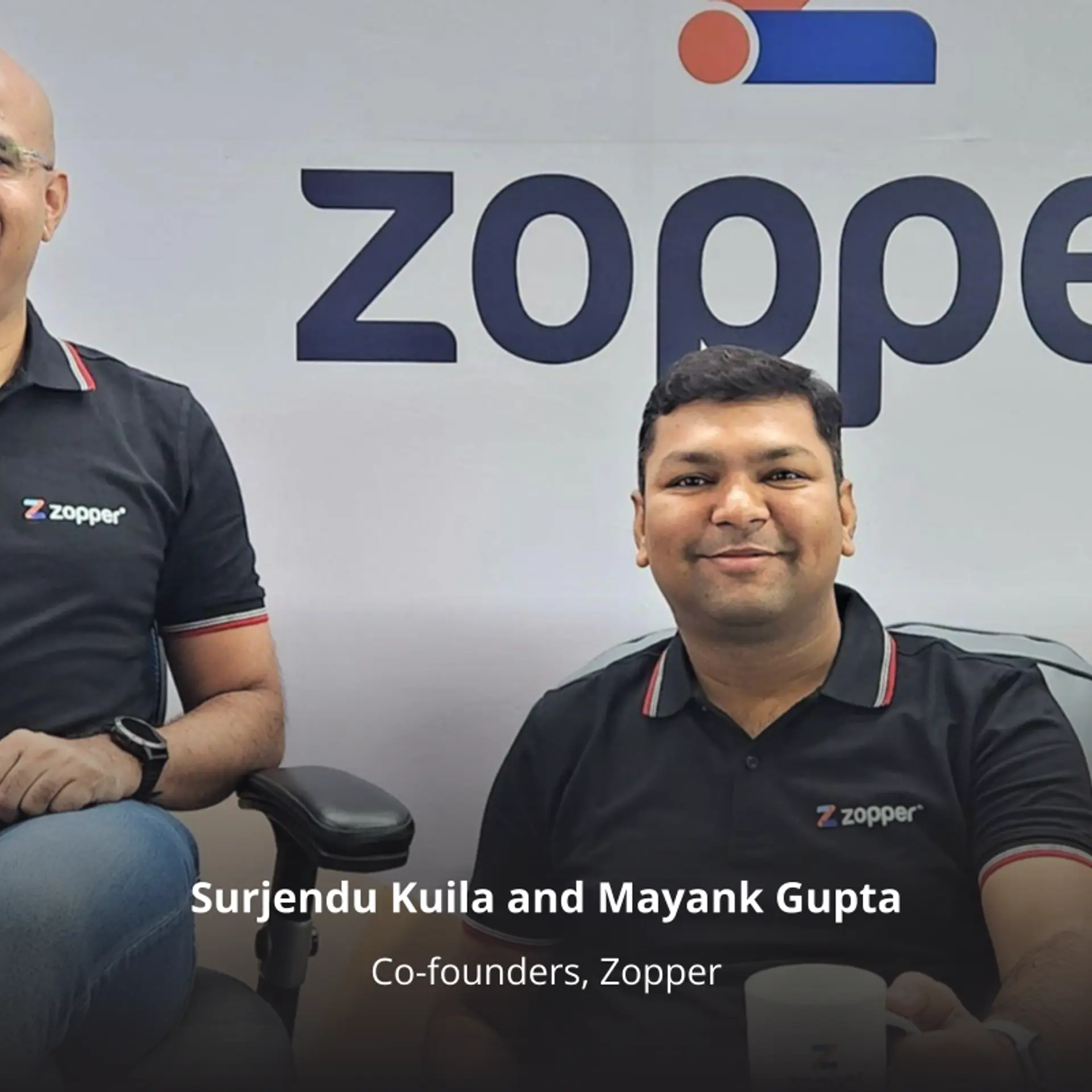Two-wheeler ride-hailing startup Rapido forays into Delhi
At present, Bengaluru-headquartered startup Rapido provides its service across 90 locations in India with around 5,00,000 service providers on its network.
Bengaluru headquartered ride-hailing startup Rapido forayed into the national capital Delhi, giving the four-year-old startup a truly national presence.
In a statement, it said that its prime focus in the national capital will be within central and south Delhi.
“To bring in the solution for last-mile commutes, especially the ones who use the metro services as frequently as every day. With the odd-even scheme right around the corner, Rapido is all set to make their grand entry and winning hearts by offering free rides,” said the startup.

Rapido Bikes started its operations in 2015 and is present across 90 locations in India. In the National Capital Region, it started its services in 2016 around Gurgaon, Noida, Ghaziabad & Faridabad.
Nirmal, Senior Expansion Manager for Rapido, said, “Rapido’s concept is based around providing convenient and high-quality transport facilities for solo commuters, especially those who need to travel far or have to get somewhere quickly.
According to Rapido, it has around 5,00,000 service providers on its network who are referred to as captains and the startup claims to be serving over 10 million customers. It also claimed to have a high percentage of repeat orders from its customer base.
Rapido has a dual-helmet policy, where helmets are provided to both the rider and the pillions. Additionally, all rides with Rapido are insured. It also undertakes stringent checks on vehicles and riders of its network.
Founded by Rishikesh SR, Pavan Guntupalli and Aravind Sanka, Rapido has raised $78.4 million in funding from investors such as WestBridge Capital, Nexus Venture Partners, etc., to date. It also raised angel funding from individuals like Pawan Munjal of Hero MotoCorp, Rajan Anandan, Ankit Nagori, etc.
Rapido recently acquihired Mumbai-based startup Vahanalytics, which captures data on driving conditions and uses machine learning (ML) to come out with insights.
(Edited by Saheli Sen Gupta)









